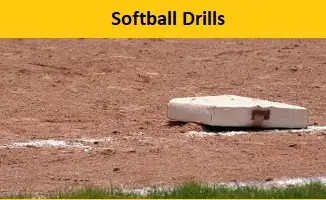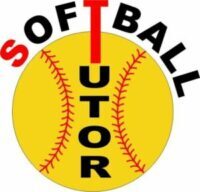
Softball Drills
Softball Pitching Drills
Softball Pitching Drills JOE’S LONG TOSS The following speed drill also works for accuracy, while building arm strength. I have my pitchers pitch from approximately 20 feet, 10 balls. Then I have them move in […]
